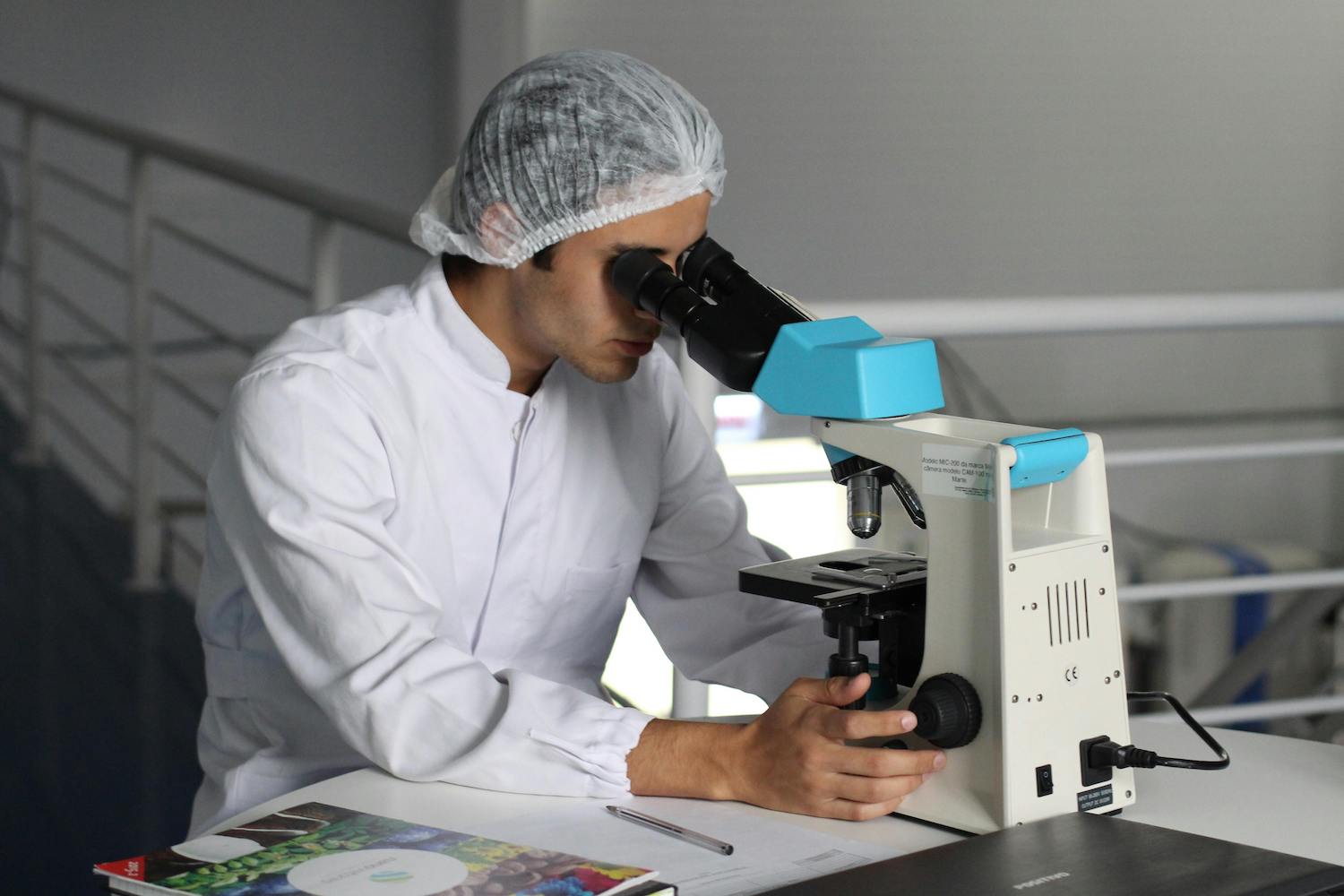Dr. John Hunter’s journey with Tharos, his scientific product development company, offers valuable insights for anyone with a science-based innovation waiting to take flight. Here, we explore the key takeaways from his experience:
1. Inspiration Strikes in Unexpected Places
Great ideas can come from anywhere. Dr. Hunter’s exploration of human IBS led him to investigate similar issues in horses. This unexpected connection sparked the development of Equinectar, an enzyme-rich supplement for racehorses. The lesson? Be open to inspiration from diverse fields and explore crossovers for unique solutions. Network with experts in different areas – you never know what connections you might make.
2. Science is the Cornerstone
Forget flimsy claims – solid science and evidence are essential for a credible scientific product. Resist the urge to rush to market. Dr. Hunter stresses the importance of prioritising scientific research. Invest in high-quality studies with reputable institutions. Building a robust body of evidence attracts investors and strengthens your product’s legitimacy.
3. Building Trust Takes Time and Strategy
Even with science on your side, gaining trust can be a challenge. Tharos targeted the competitive racehorse industry, known for its skepticism. Their two-pronged approach addressed this:
- Partnering with Credible Figures: Collaborating with respected vets and stables enhanced their product’s reputation.
- Publishing in Peer-Reviewed Journals: Peer-reviewed publications solidified their scientific foundation and built trust within the industry.
Start by targeting a niche market where you can easily reach key decision-makers. Allow them to experience your product firsthand through trials. Publish research in industry-specific journals to gain traction in a focused group before expanding outwards. Don’t spread yourself too thin – focus on building trust in one area at a time.
4. Navigate the Patent Maze with Experts
Patents are crucial for protecting your scientific innovation. However, Dr. Hunter highlights the tricky balance between needing evidence for patents and needing patents before publishing details. His advice? Hire a patent lawyer to streamline the process and ensure your published research doesn’t jeopardise your patents.
5. Regulatory Requirements: Know Your Lane
Every product, especially scientific ones, has regulatory hurdles. Understand the specific regulations your product falls under – medical products typically have a longer approval process. For Dr. Hunter, Equinectar’s classification as a food supplement simplified this process. Selecting ingredients from approved lists like the “Generally Regarded as Safe” (GRAS) list can expedite regulatory approval. Consider this during product development to avoid delays.
The Takeaway: Investing in Persistence Pays Off
Bringing a scientific product to market requires a substantial financial commitment. Dr. Hunter emphasises meticulous planning, budgeting, and cash flow management to cover research, development, patents, legal fees, regulatory approvals, and team building. While the hurdles are significant, the potential rewards for a successful scientific breakthrough are worth the challenges.
So, what scientific innovation are you itching to bring to the world? Share your ideas and challenges in the comments below.
____________________________________________________
If you’ve enjoyed reading today’s blog, please share it (links below).
Learn how to get your brand in front of your ideal clients with this free marketing guide
Latest Blogs
- 8 Easy Fixes for a User-Friendly Mobile Website
- How to Spot a Resilient Business
- 8 Proven Strategies to Empower Your Remote Workforce
- How Entrepreneurs can Squeeze the Best out of the Rest of 2024
- 8 Ways Entrepreneurs Can Close Presentations with a Bang







